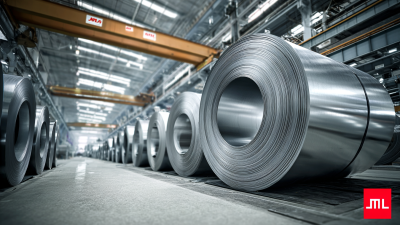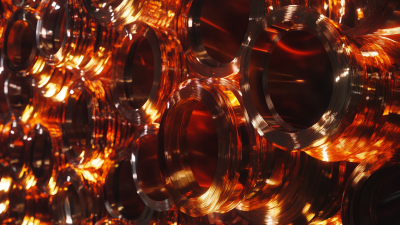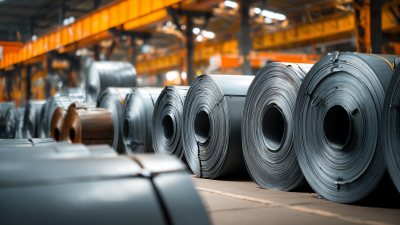When it comes to ensuring optimal electrical conductivity in various applications, selecting the appropriate thickness of a Copper Plate is crucial. According to a report by the Electrical Conductivity Research Institute, the conductivity of copper is approximately 59.6 x 106 S/m, which underscores its significant advantages in electrical systems. However, the efficiency of this conductivity can be compromised if the Copper Plate is not designed to the right specifications.
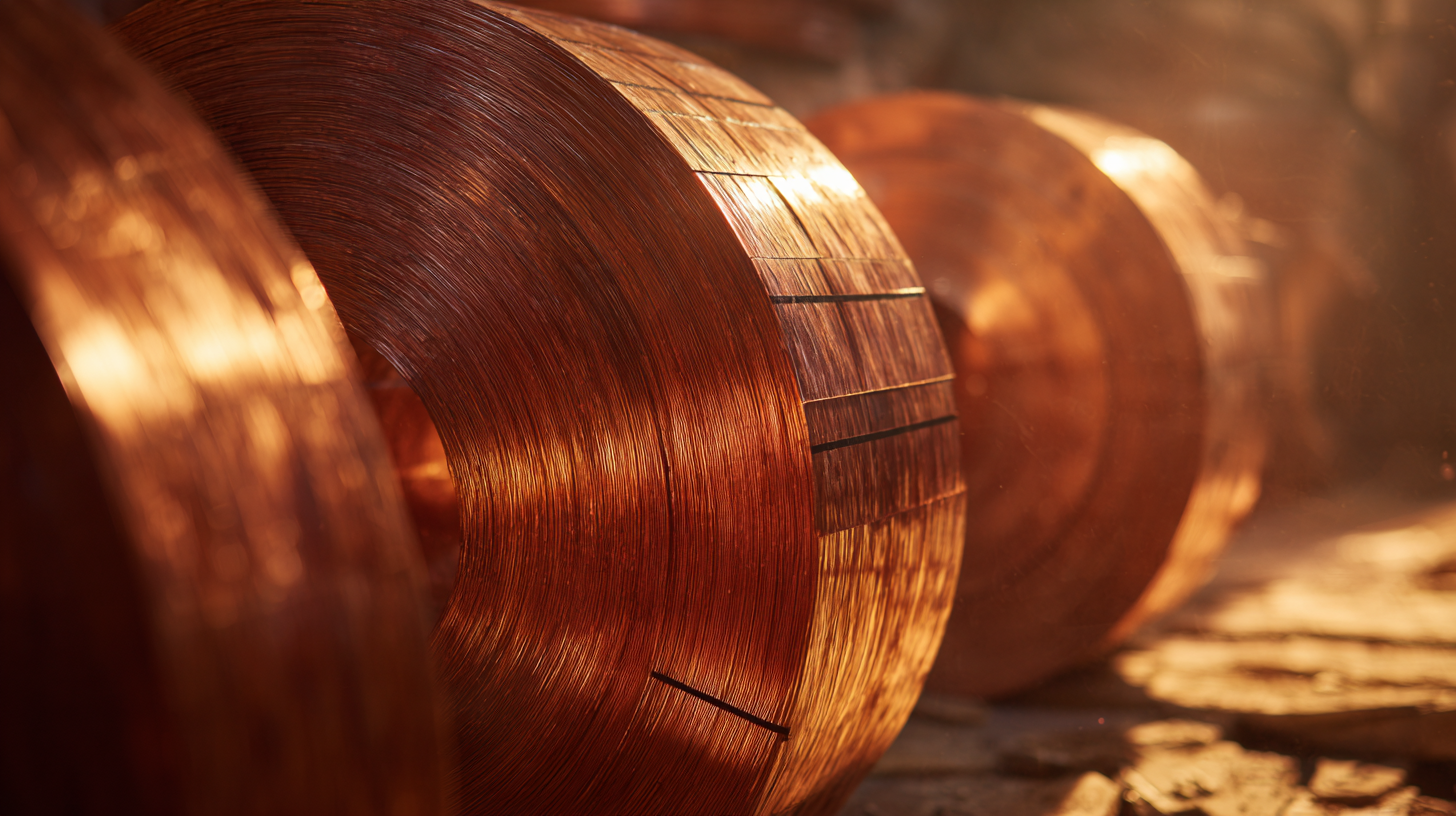
Factors such as the plate thickness can critically affect performance, heat dissipation, and mechanical properties. For example, thicker plates may improve durability but can also lead to increased resistance in scenarios where flexibility is required. Understanding the balance between thickness, application needs, and conductivity will enable engineers and designers to make informed choices that enhance the overall performance of electrical systems and devices.
When selecting the appropriate copper plate thickness for electrical applications, several key factors must be taken into account to ensure optimal conductivity. One primary consideration is the current-carrying capacity. Thicker copper plates can handle higher currents without overheating, making them essential for high-power applications. Conversely, in low-power scenarios, a thinner plate may suffice, providing both efficiency and cost-effectiveness.
Another critical factor is the frequency of the electrical signals. In high-frequency applications, skin effect plays a significant role, causing current to flow primarily at the surface of the conductor. This phenomenon suggests that a thinner copper plate might be more advantageous in such cases, as it minimizes material usage while maintaining effective conductivity. Additionally, environmental considerations, such as exposure to corrosive elements, may necessitate a thicker plate for increased durability. By carefully evaluating these factors, engineers can choose the right copper plate thickness that balances conductivity, performance, and longevity for their specific electrical needs.
| Application | Recommended Thickness (mm) | Conductivity (% IACS) | Common Uses |
|---|---|---|---|
| Power Distribution | 1.5 | 100 | Transformers, Circuit Boards |
| Electronics | 0.5 | 98 | PCBs, Connectors |
| Telecommunications | 0.8 | 95 | Cables, Antennas |
| Automotive | 1.0 | 97 | Wiring, Connectors |
| Aerospace | 0.6 | 94 | Signal Control, Sensors |
Electrical conductivity is a crucial factor in determining the performance of copper plates used in various applications, including electronics and power distribution. The relationship between copper thickness and conductivity can be illustrated through the material's resistivity, which is approximately 1.68 × 10-8 ohm-meters for pure copper. As a general rule, increasing the thickness of the copper plate reduces the electrical resistance, allowing for more efficient current flow. According to a report by the International Copper Association, optimizing copper thickness can lead to a significant decrease in power losses, thereby enhancing overall system efficiency.
However, it is essential to strike a balance between thickness and weight. For instance, while thicker copper plates improve conductivity, they also add substantial weight, which can be a disadvantage in applications requiring lightweight materials. A study published in the Journal of Materials Science indicates that a copper thickness of around 0.5 mm to 1 mm is often ideal for maintaining an optimal conductivity-to-weight ratio in PCB designs. Thus, when selecting the right copper plate thickness, it is important to consider the specific requirements of the application, ensuring that conductivity is maximized without compromising performance or practicality.
When it comes to electronics manufacturing, selecting the appropriate thickness of copper plates is crucial for optimal electrical conductivity. Industry standards play a key role in this decision-making process. Typically, manufacturers must consider factors such as the electrical performance required for the specific application, weight constraints, and thermal management. Thicker copper plates are generally associated with lower resistivity, which translates to better conductivity, but this must be balanced against the cost and the physical characteristics of the end product.
Recent advancements and market trends indicate that the demand for copper components, especially in the context of lithium batteries and energy storage solutions, is on the rise. As highlighted in various industry expos, innovations driven by new materials and processes are shaping how manufacturers approach copper plate thickness. For instance, the growing interest in power electronic substrates reflects an industry pivot towards optimizing these components for improved efficiency and performance. Therefore, staying informed about the latest industry standards and technological innovations can help manufacturers make well-informed choices regarding copper plate thickness, ultimately enhancing the performance of their electronic products.
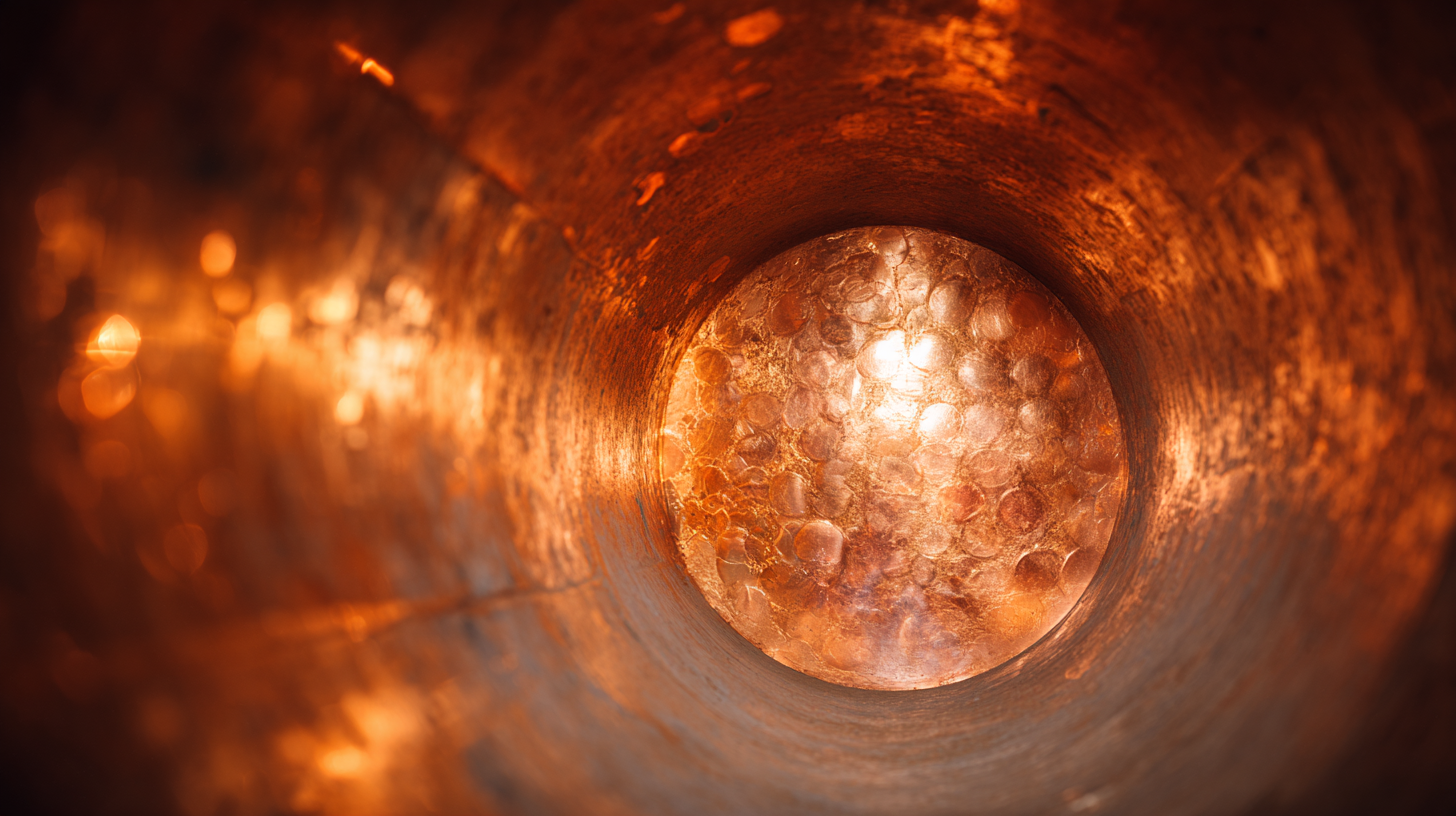
When selecting the right copper plate thickness, it is essential to understand how thickness impacts electrical conductivity. Thicker copper plates tend to have lower resistivity, providing better conductivity, but there is a balance to strike. A copper plate that is too thick could lead to unnecessary weight and cost without a significant improvement in performance. A comparative analysis shows that while a thickness between 1 oz/ft² and 2 oz/ft² offers excellent conductivity for most applications, the optimal choice may vary depending on specific requirements.
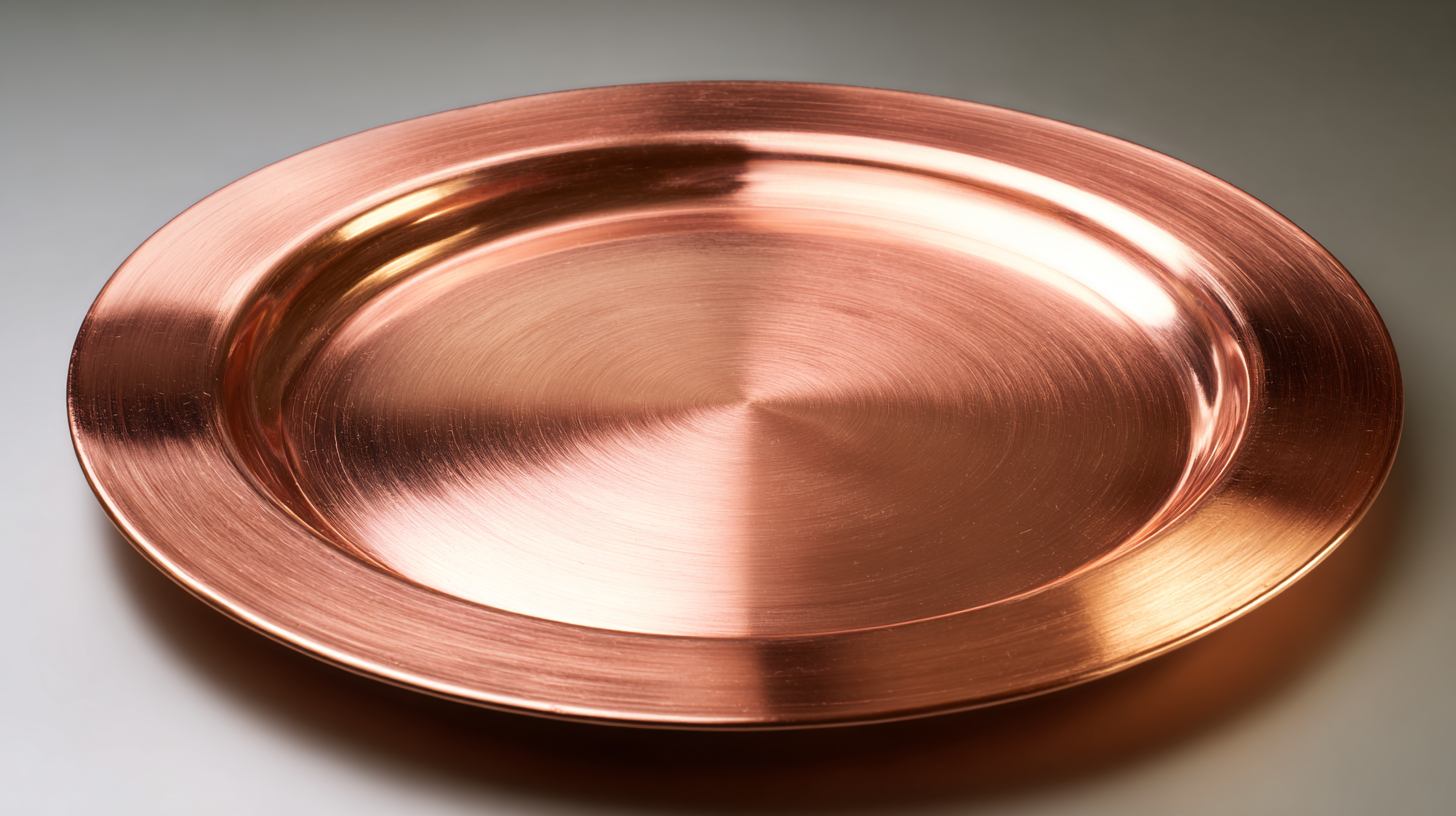
Tips: Determine the required amperage for your application; this will help you decide how much thickness you need. For high-power applications, thicker copper plates are more suitable, whereas low-power applications might benefit from thinner plates. Additionally, consider the thermal conductivity as well; thicker copper can dissipate heat more effectively, which is critical in high-performance electronics.
Another point to consider is the surface treatment of the copper plate. Coatings can enhance conductivity and protect against corrosion, affecting overall performance. It’s essential to assess both thickness and surface finish during your selection process to achieve optimal results. Always prototype with varying thicknesses to find the best fit for your specific electrical applications.
When selecting the appropriate copper plate thickness for your specific application, it is crucial to understand how thickness impacts electrical conductivity. Applications that demand higher currents typically benefit from thicker copper plates, as increased thickness reduces resistance and enhances performance. For instance, in power electronics and high-frequency circuits, a thickness of 2 oz (70 micrometers) or more is often recommended to ensure efficient current flow and minimize heat generation.
Conversely, applications with lower current requirements, such as in RF circuits or electronics with limited space constraints, may utilize thinner copper plates ranging from 1 oz (35 micrometers) to 1.5 oz (53 micrometers). These thinner plates can provide sufficient conductivity while optimizing weight and cost. It's also essential to consider thermal management; a thicker copper plate will dissipate heat more effectively, which is beneficial in high-temperature environments. Understanding these parameters will lead to smarter choices in material selection, ultimately enhancing the reliability and efficiency of your electronic designs.


